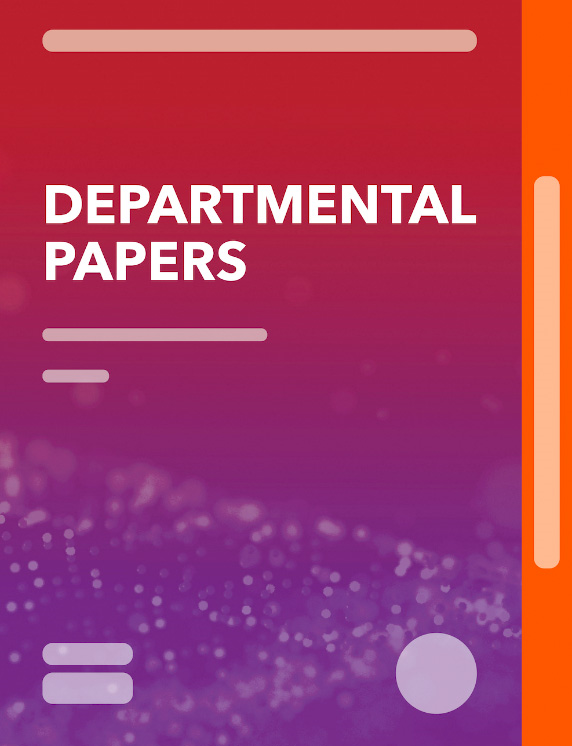Understanding India’s Food Inflation: The Role of Demand and Supply Factors
January 5, 2016
Disclaimer: This Working Paper should not be reported as representing the views of the IMF.The views expressed in this Working Paper are those of the author(s) and do not necessarily represent those of the IMF or IMF policy. Working Papers describe research in progress by the author(s) and are published to elicit comments and to further debate
Summary
Over the past decade, India has seen a prolonged period of high inflation, to a large extent driven by persistently-high food inflation. This paper investigates the demand and supply factors behind the contribution of relative food inflation to headline CPI inflation. It concludes that in the absence of a stronger food supply growth response, food inflation may exceed non-food inflation by 2½–3 percentage points per year. The sustainability of a long-term inflation target of 4 percent under India’s recently-adopted flexible inflation targeting framework will depend on enhancing food supply, agricultural market-based pricing, and reducing price distortions. A well-designed cereal buffer stock liquidation policy could also help mitigate food inflation volatility.
Subject: Agricultural commodities, Commodities, Expenditure, Food prices, Inflation, Prices, Total expenditures
Keywords: aggregate food demand equation, Agricultural commodities, buffer stock, cereal buffer stocks, commodity price, consumer demand, consumer food demand pattern, expenditure elasticity, food category, food demand pressure, food expenditure, food inflation, food inflation volatility, food price, Food prices, Global, India, Inflation, inflation dynamics, liquidation policy, monetary policy, Total expenditures, WP
Pages:
42
Volume:
2016
DOI:
Issue:
002
Series:
Working Paper No. 2016/002
Stock No:
WPIEA2016002
ISBN:
9781513581347
ISSN:
1018-5941






